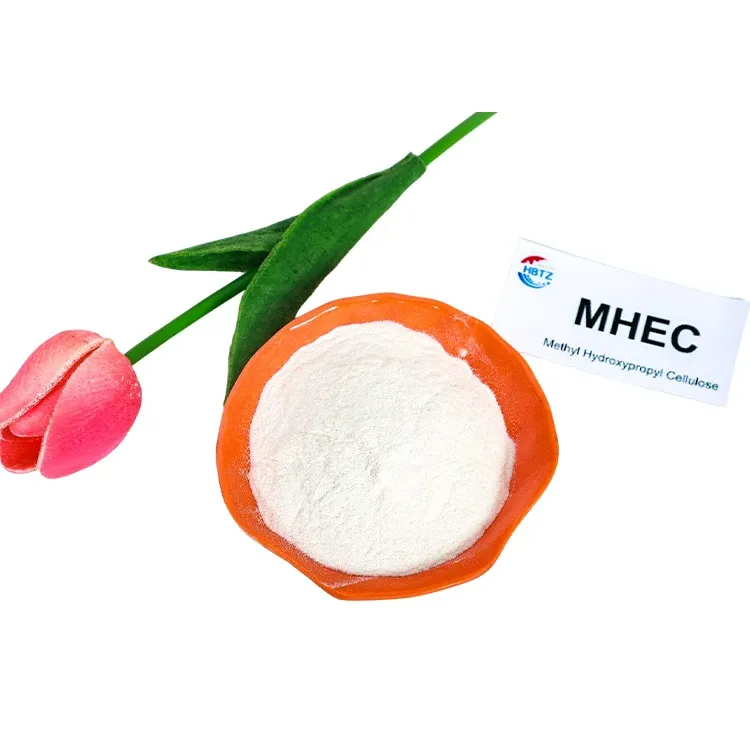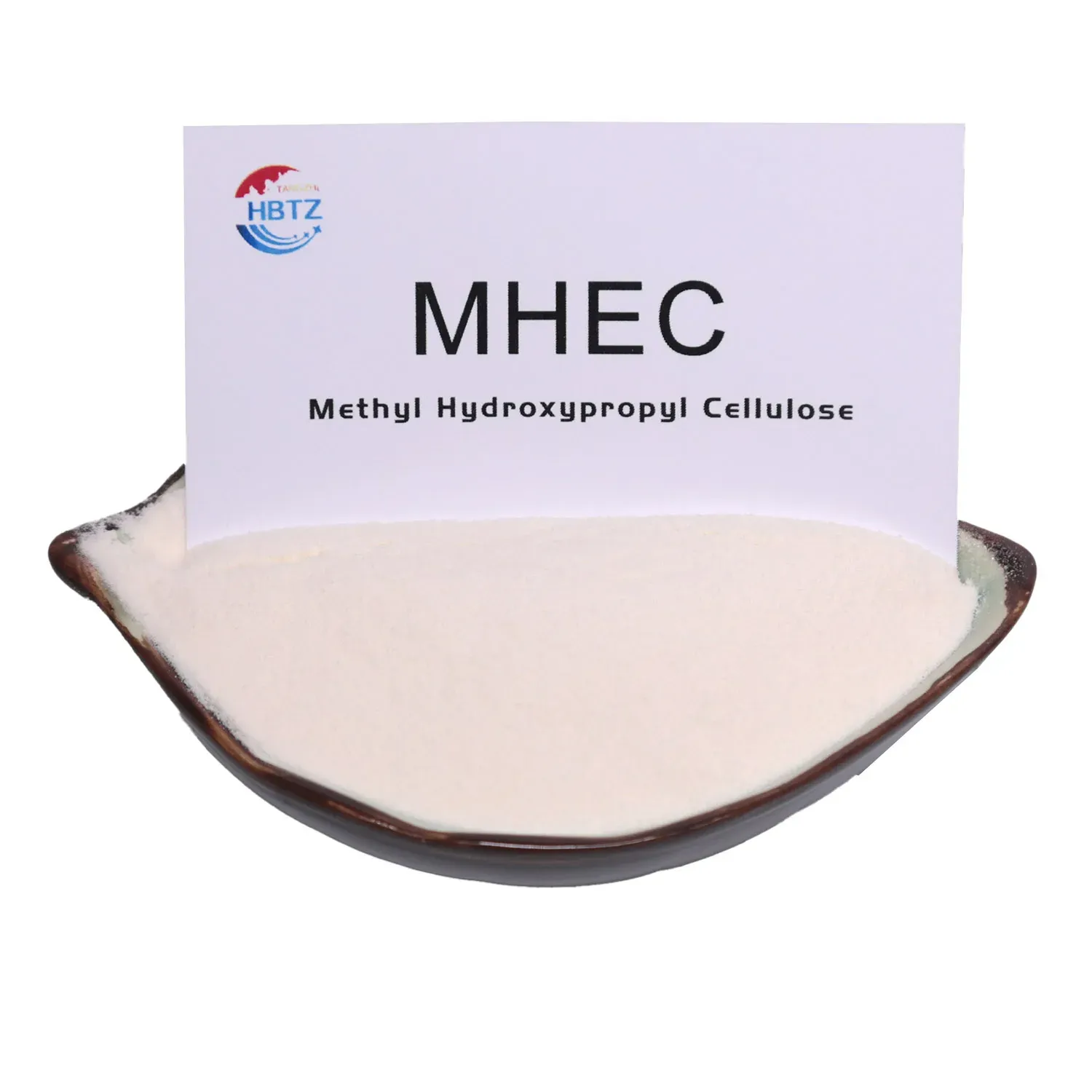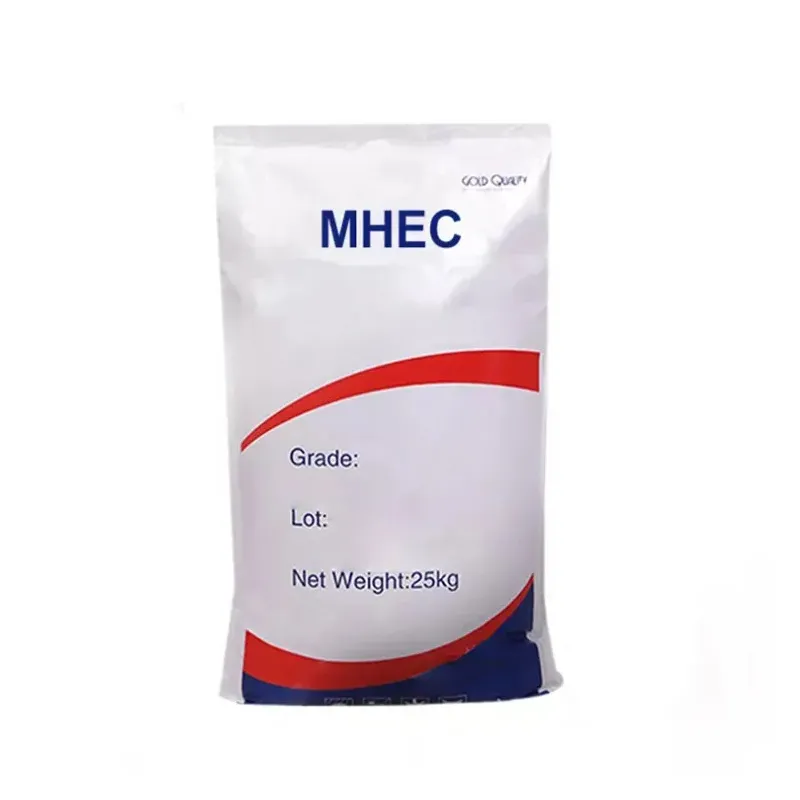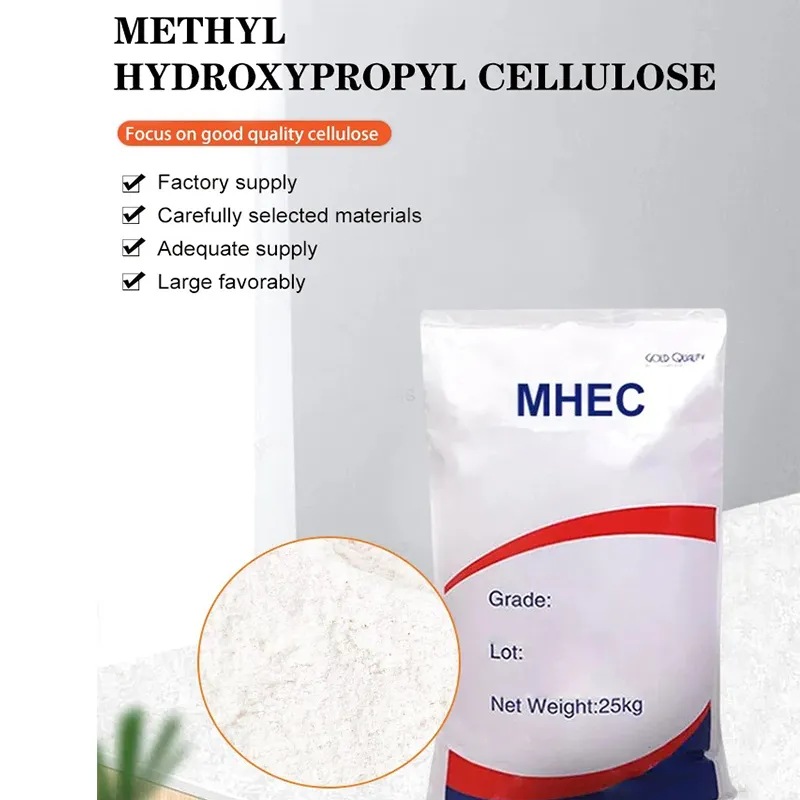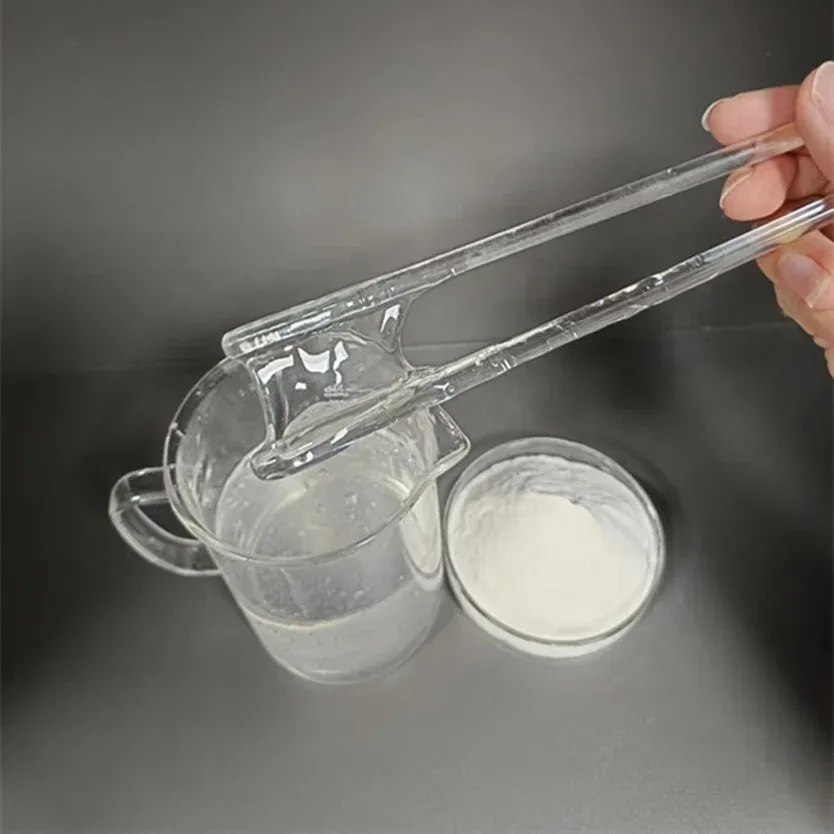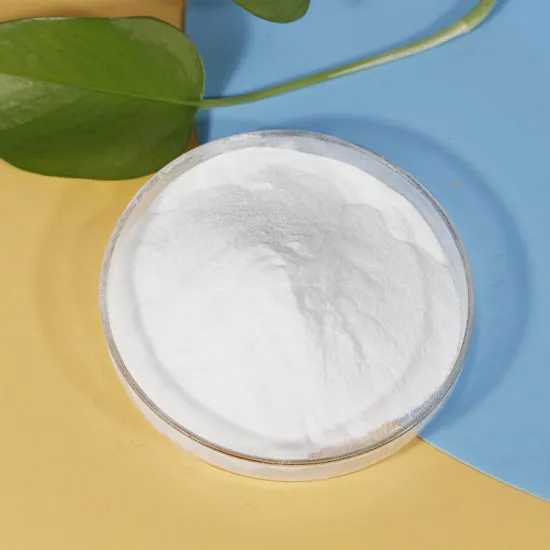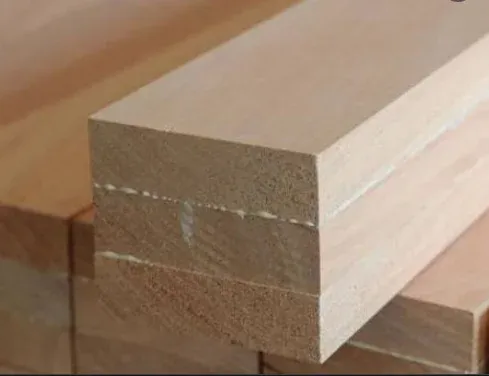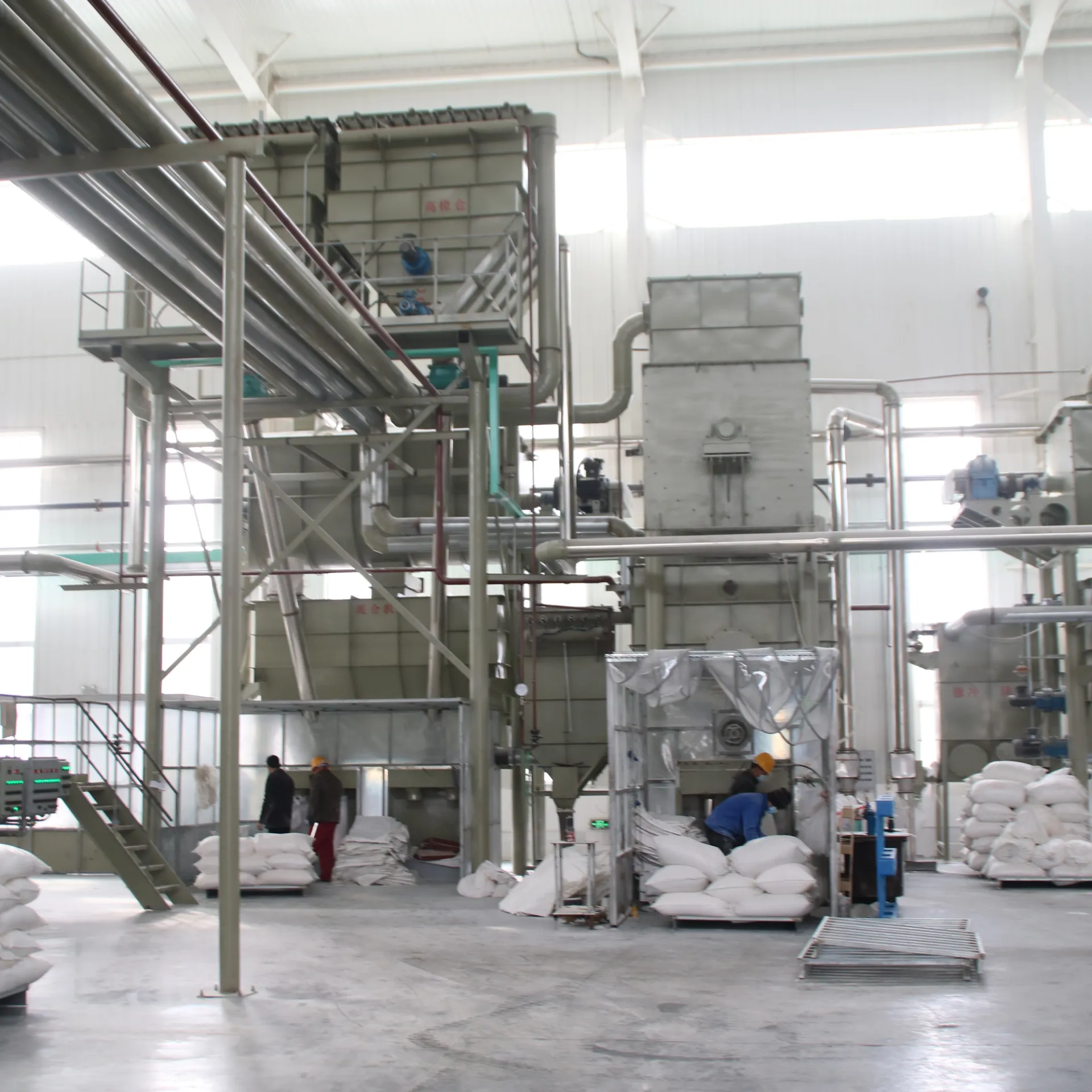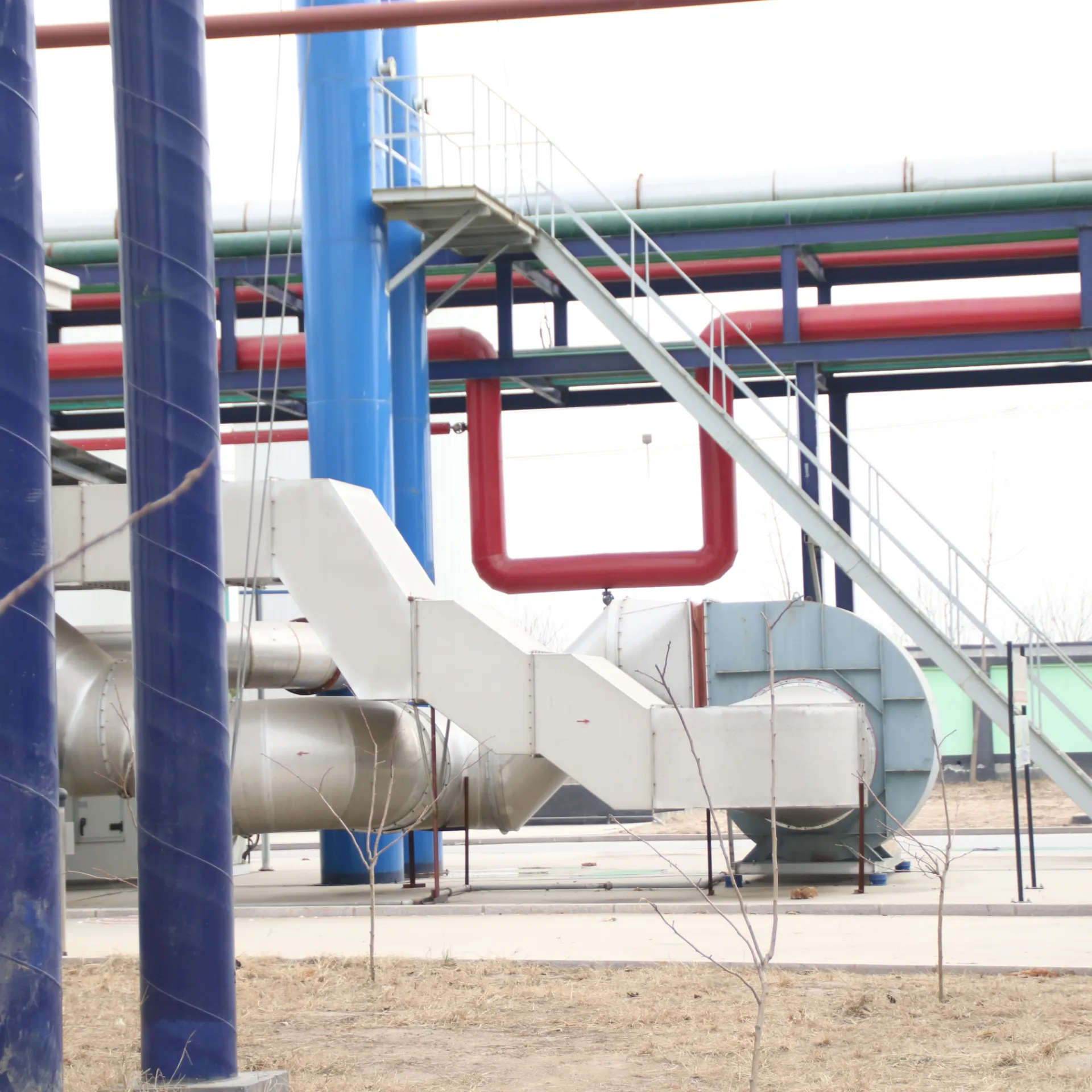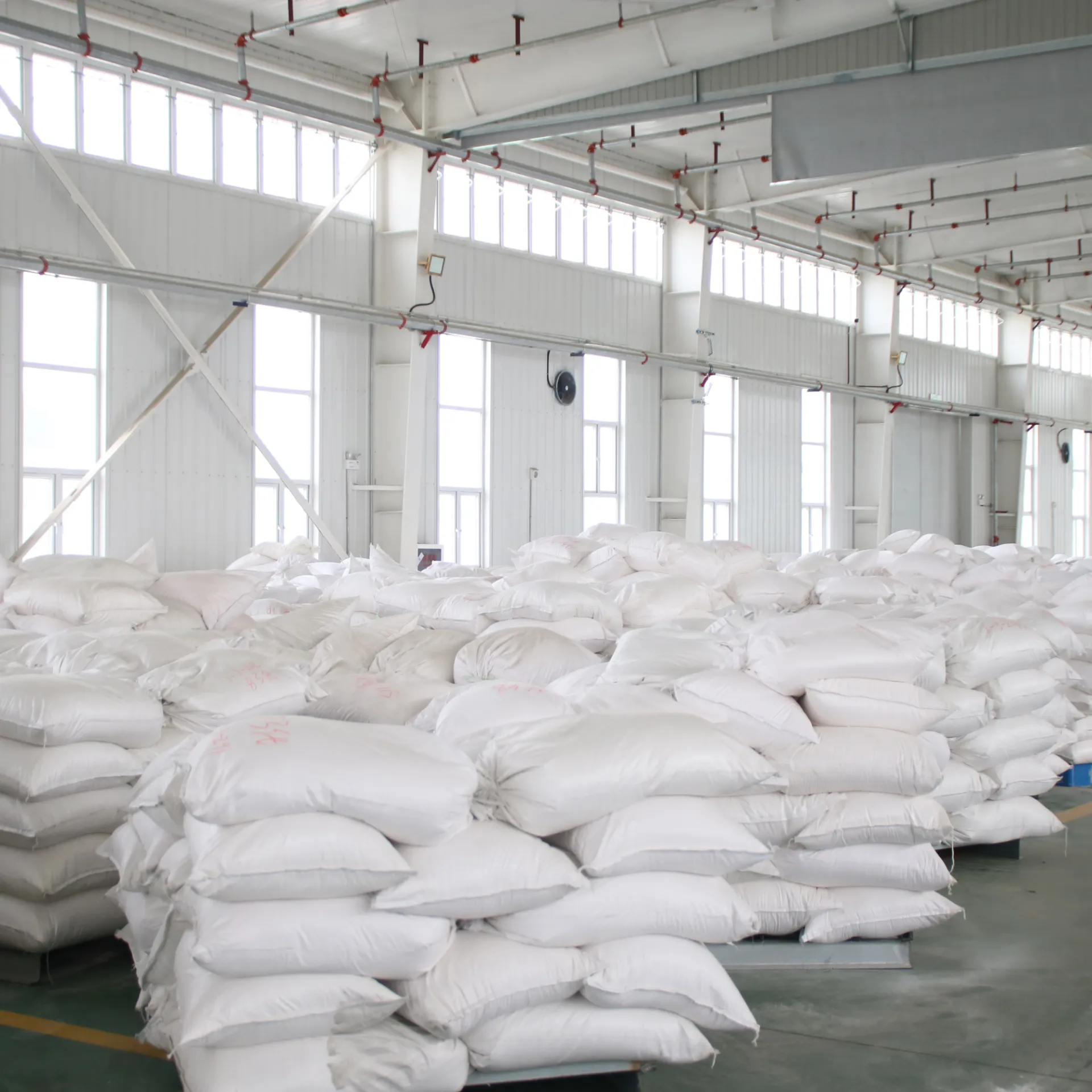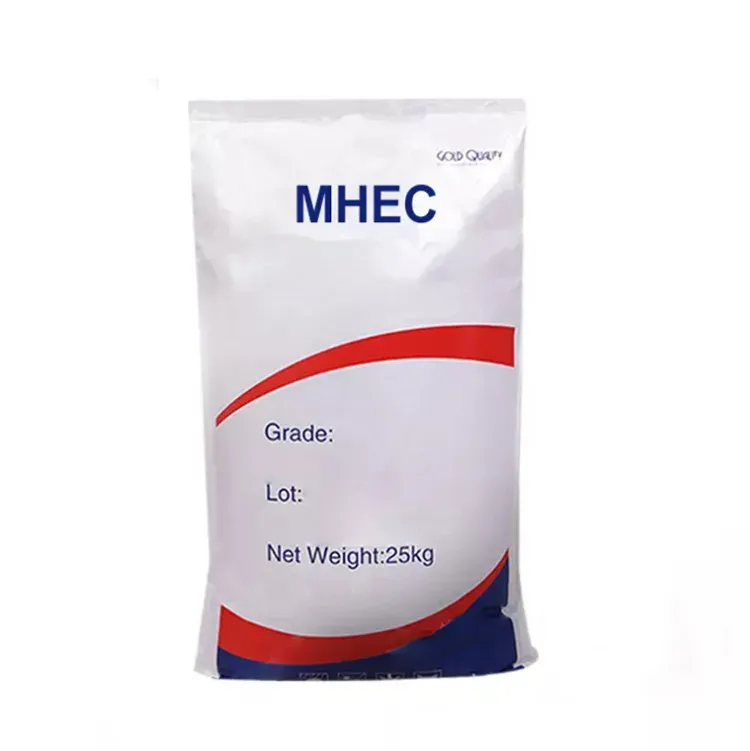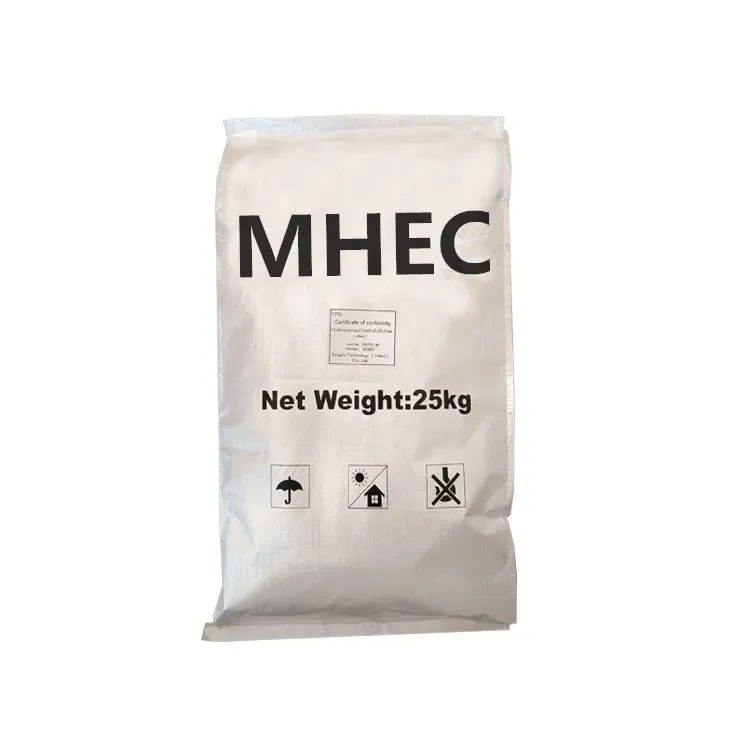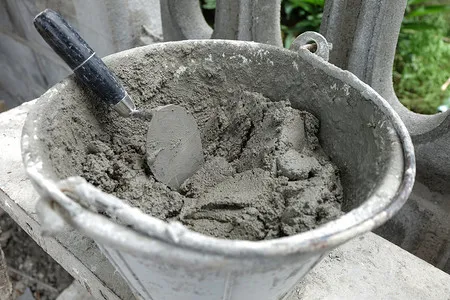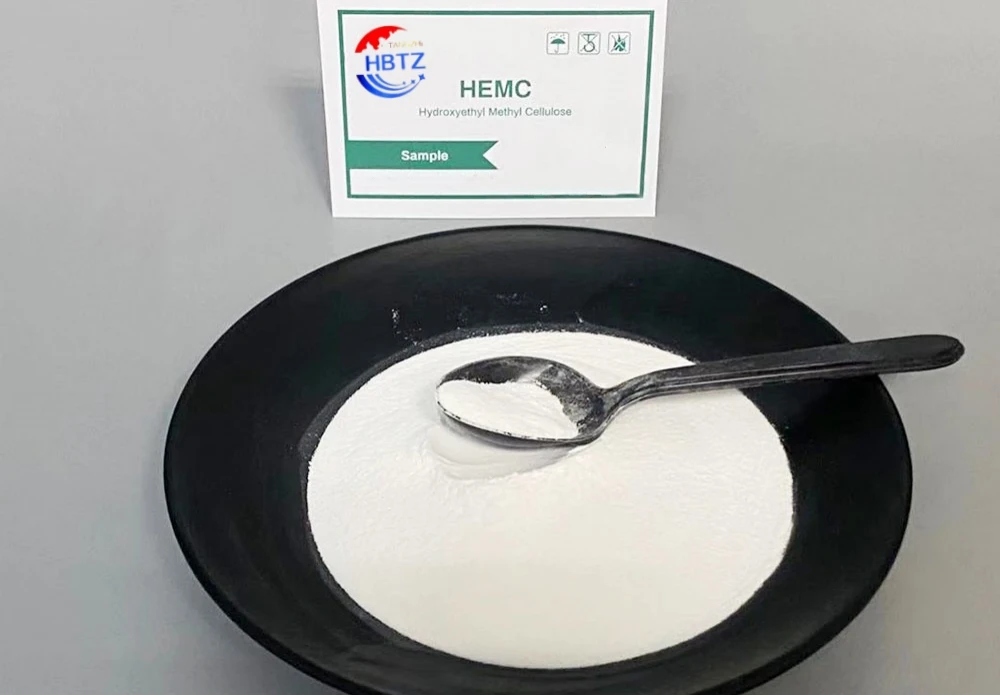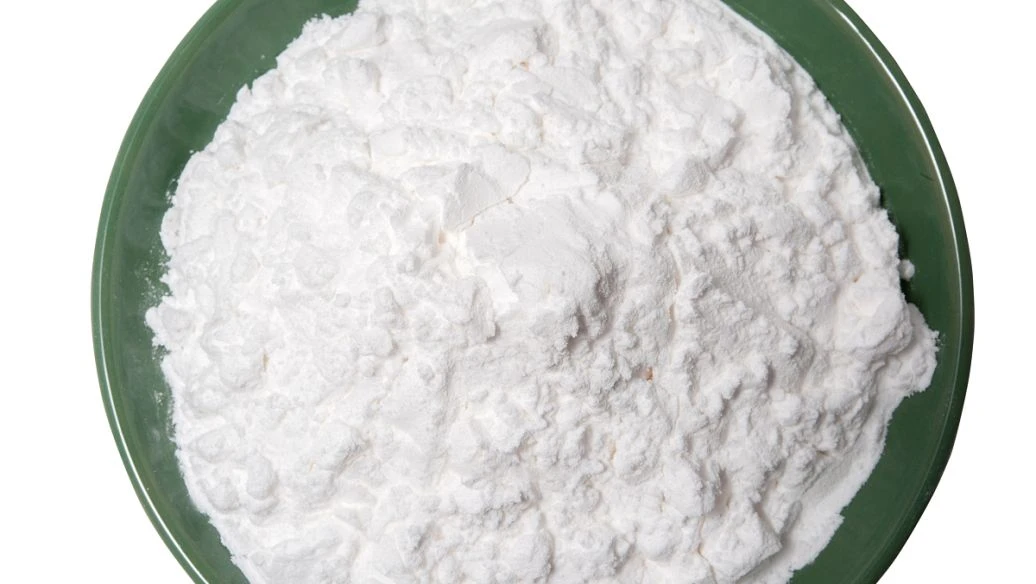Hydroxyethyl Methyl Cellulose(MHEC)

It is a non-ionic high molecular polymer in the form of white or off-white powder.
It is easily soluble in cold water but insoluble in hot water.
The solution exhibits strong pseudo-plasticity and provides high shear viscosity.
Mainly used as adhesives, protective colloids, thickeners and stabilizers and emulsification additives, it has a good performance in coatings and building materials.
MHEC Parameters
|
Item |
Specification |
|
Hydroxyethyl content |
7-12% |
|
Methoxy content |
21-26% |
|
Appearance |
White power / Off-white powder |
|
Water Retention Rate |
≥90% |
|
Ash Content |
10-15% |
|
PH Value |
5.0-9.0 |
|
Weight Loss on Drying |
≤6.0% |
|
Viscosity |
150000-170000 |
1. Good Thickening Effect
In surfactant, it has good thickening
2 .Good Water Retention
The paste will not dry too fast and crack after application
3.Good Bonding
It can be used in the product to have a good bonding effect
MHEC Application
-
 01Excellent Admixture
01Excellent AdmixtureIt can be used as cement, gypsum, lime gelling agent, water-retaining agent, is an excellent admixture for powder building materials.improve the quality and efficiency of construction.
-
 02MHEC Helps Building Materials
02MHEC Helps Building MaterialsMHEC helps building materials, for example wall putty applies more easily and perform better.
-
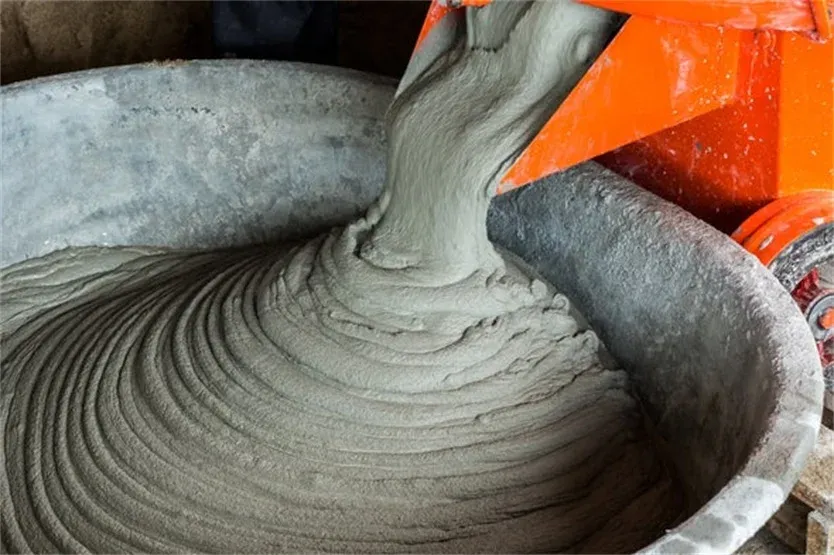 03For Water Retention And Adhesion
03For Water Retention And AdhesionWith special modification, our hydroxyethyl methyl cellulose can be used to control thickening. Water demand, work ability,sag resistance, strength and other important properties of the final product.
-
 04For Tile Adhesive And Pointing Agent
04For Tile Adhesive And Pointing AgentIt can play a good bonding role, so that
the ceramic tile bond more firmly.
The production process of hydroxyethyl methyl cellulose (HEMC) mainly includes the steps of alkalization, etherification, neutralization, washing, granulation, drying and crushing, and mixed packaging.
The preparation process of HEMC can be summarized as the following steps:
1.Alkalization: The refined cotton powder is alkalized with a 50% sodium hydroxide solution. The purpose of this step is to destroy the crystal structure of cellulose and make it easier for the subsequent etherification reaction.
2.Etherification: At a certain temperature, etherification agents such as methyl chloride and ethylene oxide are used for etherification reaction to introduce hydroxyethyl groups, thereby changing the structure and properties of cellulose.
3.Neutralization: Neutralization is carried out using a certain concentration of hydrochloric acid solution to adjust the pH value and stop the reaction.
4.Washing: The reaction product is washed to remove unreacted etherification agents, sodium hydroxide, and other impurities.
5.Granulation: drying and crushing, mixed packaging: The washed product is granulated, dried, crushed, and finally mixed packaged to obtain the finished HEMC product.
In addition, the production process of HEMC also includes two methods: gas phase method and liquid phase method. The gas phase method has a short reaction time, high utilization rate, low cost, and is suitable for mass production; while the liquid phase method has problems such as long reaction time, low production capacity, and high cost, although the product uniformity is better.
This product is packed in multi-layer paper bags lined with polyethylene layer. Net weight 25KG.
Empty bags can be recycled or incinerated. Unopened packaging can be stored for several years. Open packaging can make the moisture content of this product affected by air humidity. Store in a cool, dry place away from sunlight. Avoid storage under pressure.
For information on product handling, shipping, and storage, see MSDS.
Is Hydroxyethylcellulose Safe for Skin?
Hydroxyethyl Methyl Cellulose (HEMC) is a versatile ingredient commonly used in various cosmetic and skincare products. With its increasing popularity, many consumers are curious about its safety for skin applications.
HEMC is a modified cellulose derivative that serves as a thickening agent and stabilizer in formulations ranging from lotions to creams. Its ability to retain moisture makes it an attractive choice for cosmetics aimed at hydration and skin nourishment. Hydroxyethyl Methyl Cellulose is known for its gentle nature, making it suitable for sensitive skin types.
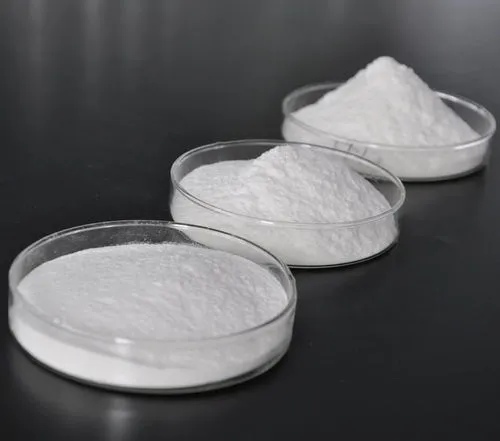
Research has indicated that HEMC is non-toxic and non-irritating when used topically. According to scientific assessments, Hydroxyethyl Methyl Cellulose is generally considered safe for cosmetic use. The Cosmetic Ingredient Review (CIR) Expert Panel has evaluated HEMC and concluded that it does not pose any significant risk to human health when applied to the skin.
Moreover, Hydroxyethyl Methyl Cellulose is free from direct allergens and harsh chemicals, further adding to its safety profile. It is also biodegradable, making it an environmentally friendly option in an age where consumers are increasingly conscientious about the ingredients in their skincare products.
However, as with any ingredient, reactions can vary from person to person. It is always advisable for those with extremely sensitive skin or allergies to perform a patch test before using products containing Hydroxyethyl Methyl Cellulose extensively.
In conclusion, Hydroxyethyl Methyl Cellulose is considered safe for skin use and can enhance the performance of skincare products. Its gentle formulation and beneficial properties make it a reliable choice for those seeking effective yet safe skincare solutions. Always ensure to choose products that are dermatologically tested to maximize safety and efficacy.
Is Hydroxyethyl Methyl Cellulose Safe for Hair?
When it comes to hair care products, safety is a primary concern for consumers. One ingredient that often comes under scrutiny is Hydroxyethyl Methyl Cellulose (HEMC). This cellulose derivative is widely used in the formulation of shampoos, conditioners, and styling products due to its versatility and effectiveness. Let’s delve into whether HEMC is safe for hair.
Hydroxyethyl Methyl Cellulose is a hydrophilic polymer that acts as a thickening agent, film-former, and texturizer. It enhances the viscosity of hair care formulations, allowing for better product application and overall performance. Importantly, HEMC is derived from natural cellulose, which is a common component found in plants. This natural origin contributes to its favorable safety profile.

Extensive research and regulatory assessments have indicated that Hydroxyethyl Methyl Cellulose is non-toxic and does not pose significant health risks when used in cosmetic products. Moreover, HEMC is non-irritating to the skin and scalp, making it an ideal ingredient for individuals with sensitive skin. It is also free from harmful additives and allergens, which enhances its appeal in the beauty industry.
In addition to its safety, Hydroxyethyl Methyl Cellulose offers multiple benefits for hair health. It helps retain moisture, improves hair texture, and enhances the overall manageability of hair. Users often report that products containing HEMC leave their hair feeling softer and looking shinier.
In conclusion, Hydroxyethyl Methyl Cellulose is a safe and effective ingredient for hair care products. It's natural origins and non-irritating properties make it suitable for a wide range of consumers. When looking for effective hair care solutions, consider products formulated with this safe polymer to achieve the best results for your hair.
HEMC Asked Questions
How do I choose the appropriate HEMC viscosity for my application? |
| To choose the appropriate HEMC (Hydroxyethyl Methyl Cellulose) viscosity for your application, consider the specific requirements of your formulation. Higher viscosity grades are ideal for thickening, improving stability, or creating gel-like textures in applications such as adhesives, paints, or construction materials. For smoother flow and ease of application, a lower viscosity grade is preferred. Additionally, temperature stability must be assessed, as viscosity can vary with temperature. Testing various grades in your application environment helps ensure optimal performance, balancing flow characteristics and workability while meeting the functional demands of your product. |
How are HEMC grades differentiated? |
| HEMC (Hydroxyethyl Methyl Cellulose) grades are differentiated primarily by their viscosity, degree of substitution, and molecular weight. The viscosity grade indicates the thickness or flow resistance of the solution at a specific concentration, which determines the material's thickening ability. The degree of substitution (DS) refers to the extent to which the cellulose molecule is modified with hydroxyethyl and methyl groups, affecting solubility and gel strength. Additionally, molecular weight influences the gel strength, solubility, and application characteristics. Different grades are tailored for specific applications such as coatings, adhesives, construction, or personal care products, each requiring distinct |
How do you choose the appropriate HEMC variety? |
| Choosing the appropriate HEMC (Hydroxyethyl Methyl Cellulose) variety depends on factors like the application, required viscosity, and the desired performance. For thicker formulations or applications needing high gel strength, choose a higher viscosity grade. For products requiring smooth texture and easy spreadability, opt for a lower viscosity. Additionally, consider the temperature sensitivity and solubility of HEMC; some varieties perform better at higher or lower temperatures. Always evaluate the chemical compatibility with other ingredients in your formulation. Testing in real-world conditions is crucial to ensure the selected variety meets the desired consistency, stability, and application requirements. |
Can I combine HEMC with other cellulose ethers in a single application? |
| Yes, HEMC (Hydroxyethyl Methyl Cellulose) can be combined with other cellulose ethers, such as CMC (Carboxymethyl Cellulose) or HPMC (Hydroxypropyl Methyl Cellulose), in a single application. Combining different cellulose ethers can optimize specific properties like viscosity, water retention, and workability. For example, HEMC provides good thickening and film-forming properties, while CMC enhances water retention and stability. When combining cellulose ethers, it's important to consider compatibility, desired viscosity, and the final product’s performance requirements. Conducting formulation tests is key to achieving the desired balance of properties in the application. |
Can I use HEMC with different types of cement? |
|
Yes, Hydroxyethyl Methyl Cellulose (HEMC) can be used with different types of cement, but its effectiveness depends on the specific application and the type of cement. HEMC is commonly added to cement-based formulations, such as tile adhesives, plaster, and grouts, to improve workability, extend open time, and enhance water retention. However, different types of cement (e.g., Portland, white cement, or rapid-setting cement) may react differently with HEMC, affecting the mixture's consistency and performance. It is essential to test the HEMC viscosity and concentration to ensure optimal performance for each specific cement type and application.
|
Is HEMC environmentally friendly? |
| HEMC (Hydroxyethyl Methyl Cellulose) is considered environmentally friendly due to its biodegradable nature. It is a cellulose derivative, primarily sourced from natural, renewable plant fibers like wood or cotton. HEMC is non-toxic, non-irritating, and does not contain harmful chemicals, making it safer for both human health and the environment compared to synthetic alternatives. It is widely used in applications such as construction, cosmetics, and pharmaceuticals. However, the environmental impact also depends on its manufacturing process, which should ideally minimize energy use, emissions, and waste. Overall, HEMC is generally regarded as an eco-friendly material. |


